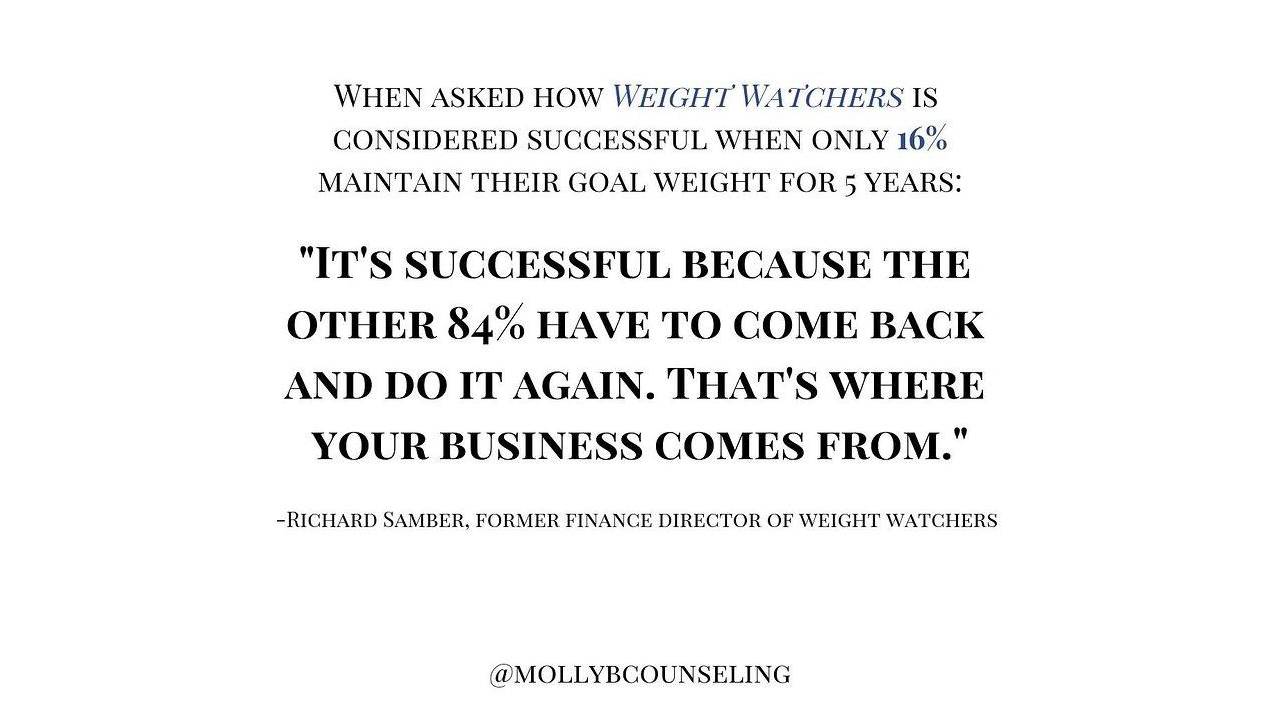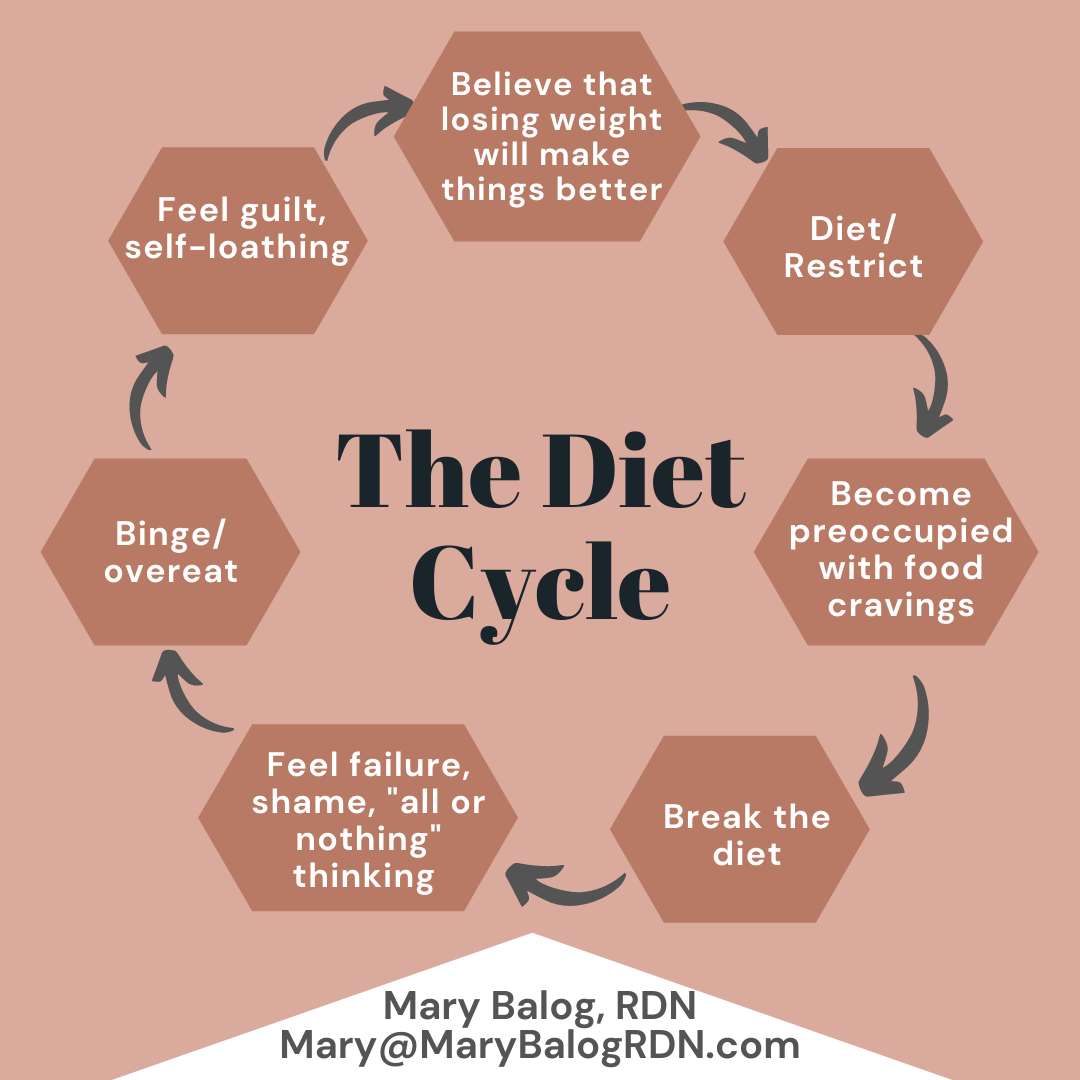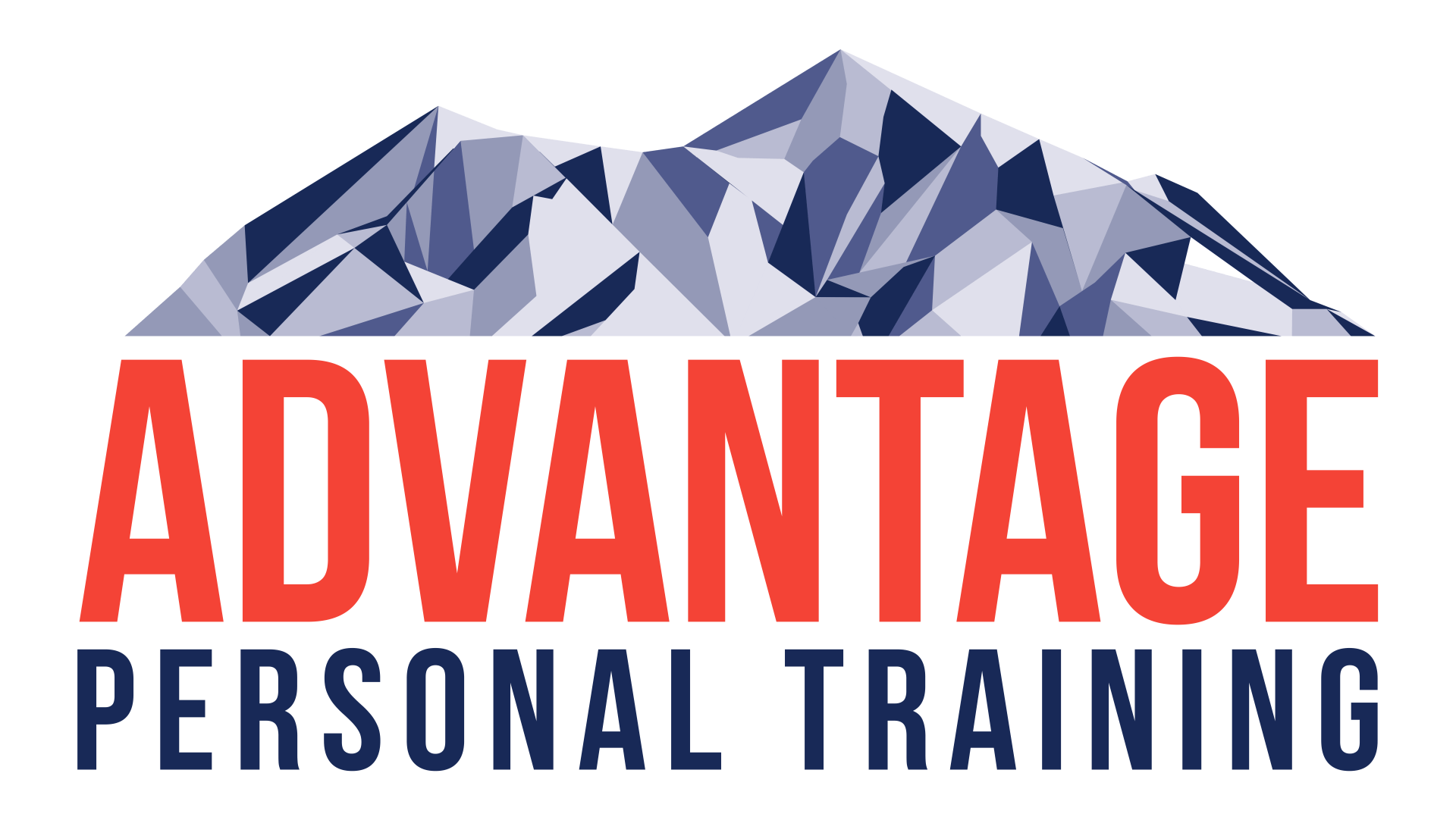Therapy Thursday: Quick Ankle Assessment
Functional movement of any type requires your body to be able to obtain a good amount of range of motion. If we can’t access that motion during the movement, we need to figure out why that is the case. Preferably, we should be able to do a quick screen of the requirements of any given motion to see what may be the limitation.
Let’s break down the squat as an example of where we can use a quick screen to check for limitations. In the squat, we need a good amount of core control, thoracic mobility, hip and knee flexion, and ankle dorsiflexion (not an exhaustive list). If you don’t have the required amount of any of these things, you’re not going to squat correctly and you leave yourself more likely to become injured. Today, I’m going to show you a way to assess yourself for potential ankle dorsiflexion limitations. The constant bombardment of sitting at desks day in and day out can leave us with numerous limitations and the ankle is one that I see every single day when I work with patients.
In order to screen yourself, all you need is a shoeless foot and a wall. Let’s check out a short two minute video.
After taking a look at this video, test yourself. If you’re unable to keep your heel down and get your knee to the wall then you likely have some degree of ankle mobility dysfunction. There are two (or more) major types of dysfunction. There is a “tissue extensibility dysfunction” or a “joint mobility dysfunction” or TED and JMD for short.
In general, if you feel that you are most restricted in the test in the back of your ankle, achilles, calf muscles than it is likely that you have a TED. If you feel that your restriction is mostly in the front of your ankle then it is likely a JMD.
Let’s talk about one or two TED treatment options. Try them out and then retest the 5 inch from wall dorsiflexion test.
1. Foam rolling and lacrosse ball soft tissue work of your calves, achilles, and hamstring around the knee area.
2. 1-2 minutes of calf stretching with the knee straight and with the knee bent.
***If you now have a normal test, we like to lock in the new motion by performing squats or another movement that requires full dorsiflexion. (each of the next two videos would be a good example of ways to do this).***
Next, Let’s give you an example of a way to address that anterior joint restriction.
1. Self mobilization with movement
Once you try these mobilizations, retest the 5 inch wall dorsiflexion test. If it’s normal then you would want to lock in that new motion with a set or two of deep body weight squats to utilize that new motion.
You’ve been healed. You’re welcome.
Try it out, let us know if you have this issue and we can help you address it.
Greg




Advantage Personal Training is an Ann Arbor based Family Oriented Gym, focusing on the training needs of individuals, small groups and youth athletes. Meet with a results-oriented personal trainer and put yourself on the path to a more active life!
SERVICES
CONTACT INFORMATION
Hours of Operation
Mon to Fri: 6:00 AM - 8:30 PM
Sat: 8:30 AM - 12:30 PM
Sun: CLOSED
All Rights Reserved | Advantage Personal Training


